Engine cooling systems are the unsung heroes of automotive engineering. They ensure that engines operate within optimal temperature ranges, preventing overheating and maintaining performance.
A well-designed cooling system can handle the heat generated during high-performance driving, while a poorly designed one can lead to frequent overheating issues, costly repairs, and even engine failure.
In this article, we’ll explore five cars renowned for their exceptional engine cooling systems and five that are notorious for overheating problems.
Cars with the Best Engine Cooling Systems
Whether you’re a car enthusiast, a potential buyer, or someone interested in automotive technology, understanding these aspects can help you make informed decisions and appreciate the engineering behind these vehicles.
1. Nissan GT-R
The Nissan GT-R, affectionately known as “Godzilla,” is a high-performance sports car that has earned its reputation through meticulous engineering. Its VR38DETT engine is a 3.8-liter twin-turbocharged V6 that produces impressive power. To manage the heat generated by this powerhouse, Nissan implemented several advanced cooling technologies.
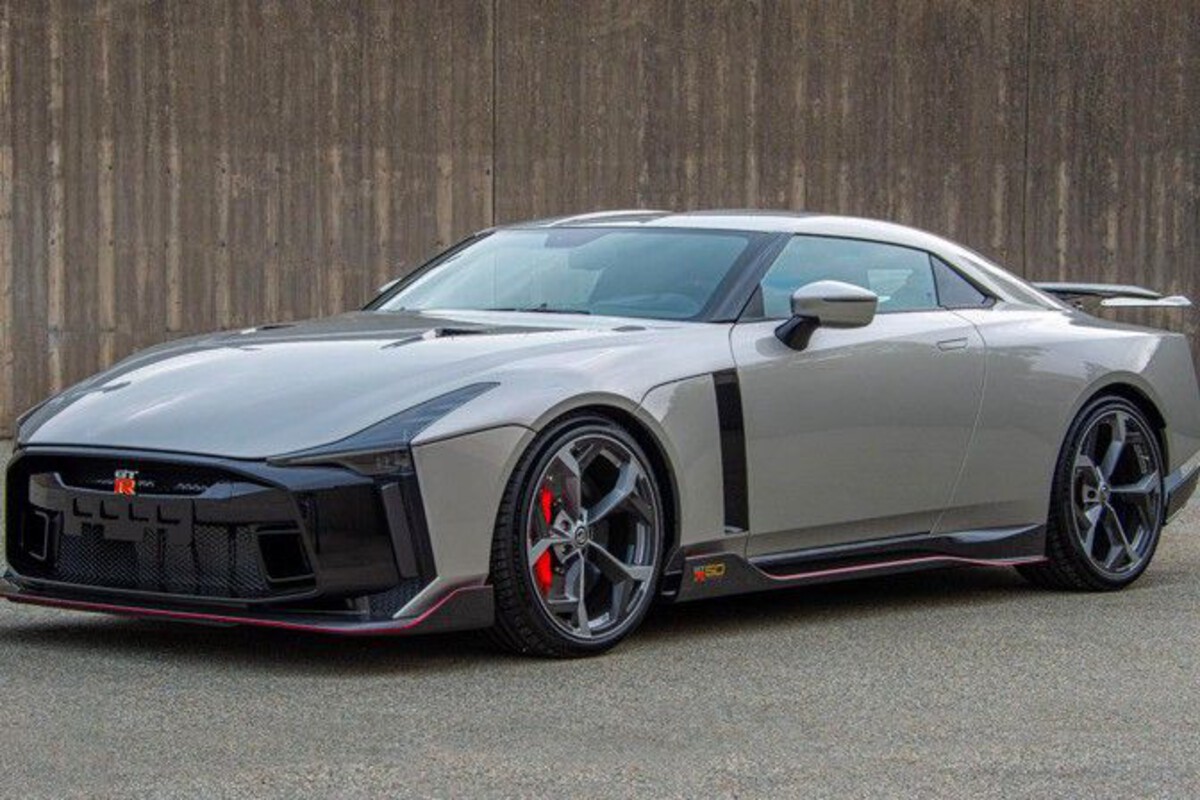
The engine features a hybrid wet/dry-sump lubrication system, which ensures consistent oil flow and cooling under high-performance conditions. Plasma-sprayed cylinder bores reduce friction and improve heat dissipation. The integrated turbochargers and intercoolers are designed to maintain optimal intake temperatures, enhancing performance and reliability.
Additionally, the GT-R’s front fascia includes large air intakes that direct airflow to the radiator and intercoolers, while the hood vents allow hot air to escape, preventing heat buildup. The result is a cooling system that keeps the engine running efficiently, even during intense driving sessions.
ALSO READ: 10 Cars With Built-In Ice Scrapers or Winter Tools
2. Dodge Challenger SRT Hellcat
The Dodge Challenger SRT Hellcat is a muscle car that combines classic American styling with modern engineering. Its supercharged 6.2-liter HEMI V8 engine delivers a staggering 707 horsepower, making it one of the most powerful production cars.

To handle the immense heat generated by this engine, Dodge equipped the Hellcat with a robust cooling system. It includes two heat exchangers and a high-capacity radiator to dissipate heat effectively. The supercharger features an integrated intercooler to cool the compressed air before it enters the engine, improving efficiency and performance.
Moreover, the Hellcat’s hood scoop and air extractors are functional, directing cool air into the engine bay and expelling hot air. These features, combined with the reinforced engine components, ensure that the Hellcat maintains optimal temperatures, even under demanding driving conditions.
3. Ferrari 488
The Ferrari 488 is a testament to Italian engineering and design. Its 3.9-liter twin-turbocharged V8 engine produces 661 horsepower, delivering exhilarating performance. Ferrari’s focus on aerodynamics and cooling is evident in the 488’s design.

The car features a front double splitter that increases radiator cooling by directing air efficiently. The side air intakes channel air to the intercoolers, cooling the intake charge and enhancing engine performance. Additionally, the rear spoiler and underbody vortex generators aid in downforce and airflow, contributing to effective engine temperature management.
Ferrari’s meticulous attention to detail ensures that the 488’s cooling system maintains optimal engine temperatures, allowing drivers to enjoy its performance without worrying about overheating.
4. Mazda 787B
The Mazda 787B is a legendary race car that made history by winning the 1991 24 Hours of Le Mans. It is powered by a unique 4-rotor Wankel engine, which presents distinct cooling challenges due to its design.
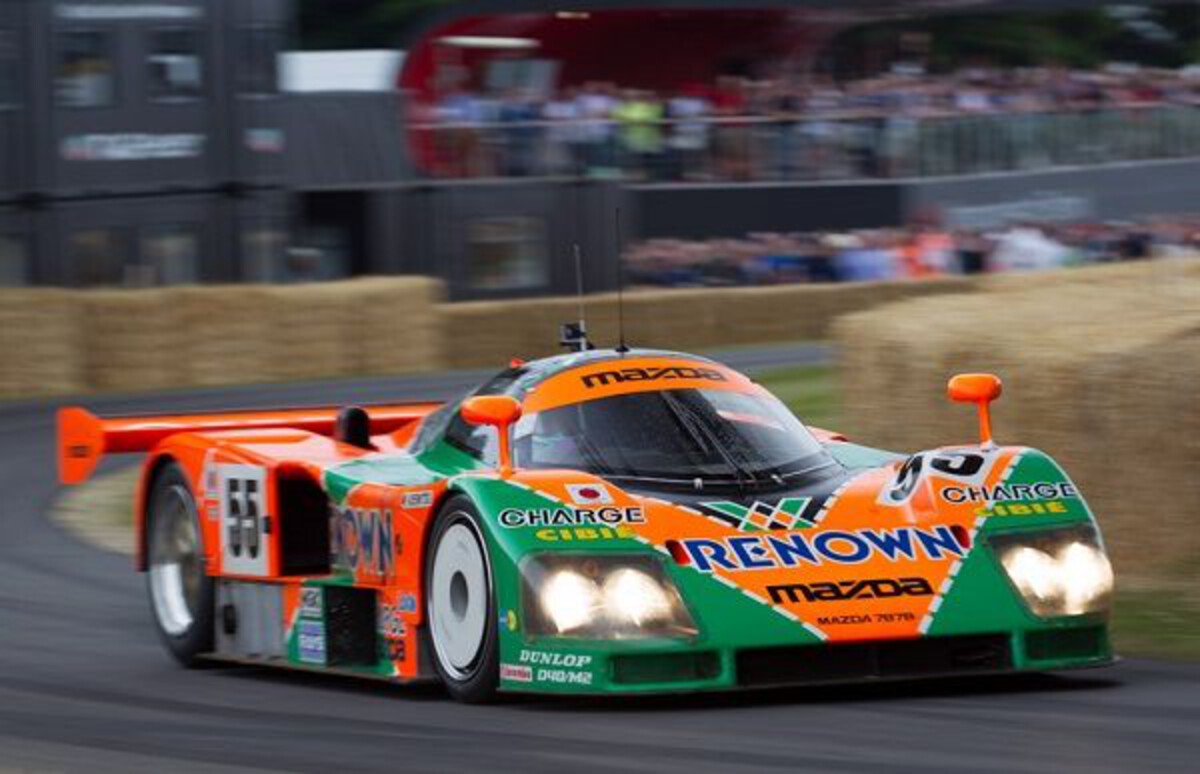
Mazda addressed these challenges by implementing a water-cooled system combined with a dry sump lubrication setup. The cooling system includes large radiators and strategically placed air intakes to ensure consistent cooling during endurance races.
The 787B’s engineering excellence allowed it to maintain performance and reliability throughout grueling racing conditions. The success of the 787B at Le Mans showcased Mazda’s innovative approach to engine cooling and solidified its place in motorsport history.
5. McLaren F1
The McLaren F1 is an iconic supercar that set new standards in automotive engineering. Its naturally aspirated 6.1-liter V12 engine, developed by BMW, produces 618 horsepower. McLaren’s focus on lightweight construction and efficient cooling contributed to the F1’s legendary status.

The car features a unique cooling system with large radiators and carefully designed airflow paths. The engine bay includes gold foil insulation to reflect heat away from critical components. Additionally, the F1’s aerodynamic design ensures that air is directed efficiently to the radiators and engine bay, maintaining optimal temperatures.
McLaren’s attention to detail and innovative cooling solutions allowed the F1 to achieve remarkable performance and reliability, making it a benchmark in the supercar world.
Cars Prone to Overheating
Overheating isn’t just a nuisance—it’s a red flag that your car could be headed for serious engine trouble. While any vehicle can run hot under the right (or wrong) conditions, some models are far more prone to temperature spikes than others.
From flawed cooling systems to cramped engine bays and questionable design choices, certain cars just don’t handle heat well. In this article, we highlight the cars most likely to overheat, especially during heavy use or hot weather. If you’re shopping used—or battling frequent temperature issues—this list might save you from a future headache.
1. BMW Models with N63 Engine
BMW models equipped with the N63 twin-turbocharged V8 engine have faced several issues related to overheating. The “hot-vee” layout, where turbochargers are placed between the cylinder banks, leads to excessive heat buildup. This design has resulted in numerous problems, including oil and coolant leaks, valve stem seal failures, and turbocharger issues.

The high temperatures in the engine bay can cause plastic components to degrade, leading to further complications. BMW has issued several recalls and service bulletins to address these issues, but many owners continue to experience overheating problems.
Regular maintenance, including timely replacement of gaskets and seals, is crucial for these vehicles. However, the inherent design flaws make the N63 engine prone to overheating, affecting the reliability and longevity of the vehicles equipped with it.
ALSO READ: 10 Cars With Flip-Forward Passenger Seats for Extra Storage
2. Jaguar I-Pace
The Jaguar I-Pace, an electric SUV, has experienced battery overheating issues. In 2023, Jaguar recalled all 2019-2024 I-Pace vehicles due to the risk of thermal overload in the high-voltage battery, which could lead to fires. The batteries, supplied by LG Energy Solution, were found to have defects that could cause short circuits.
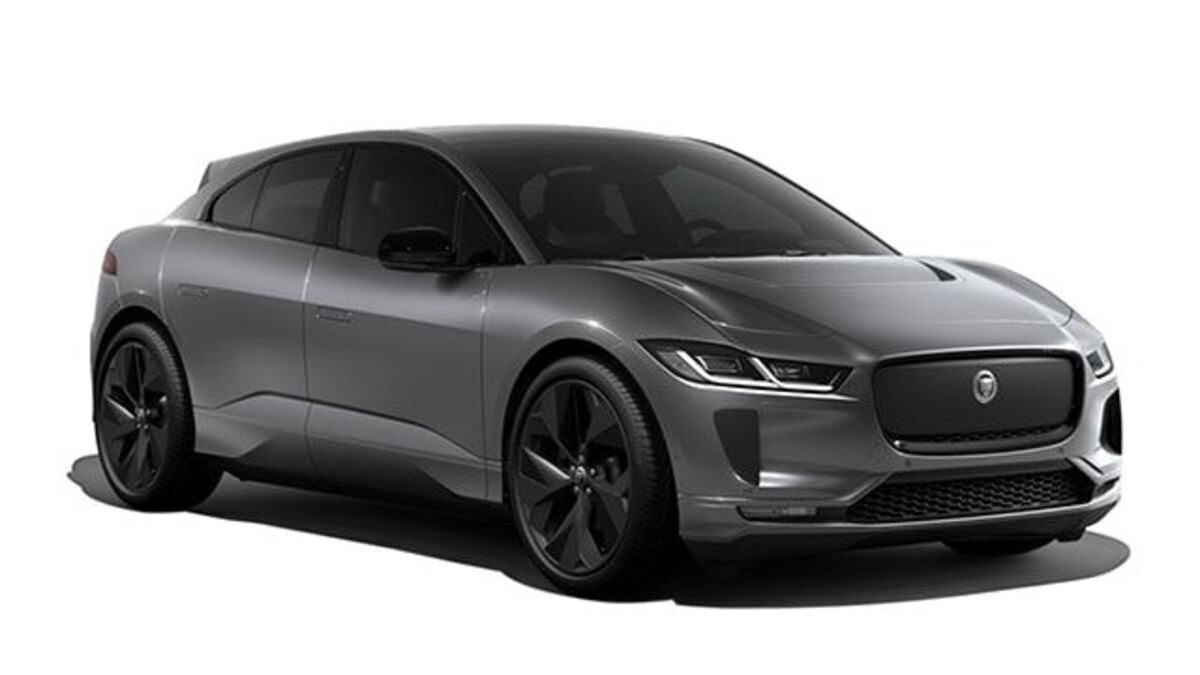
Jaguar implemented a software update to monitor the battery’s condition and limit the charging capacity to 75% as a precaution. However, some vehicles required battery module replacements. The recall highlighted the importance of robust thermal management systems in electric vehicles.
Owners were advised to park their vehicles outdoors and avoid charging them above the recommended limits until repairs were completed. The I-Pace’s overheating issues underscore the challenges automakers face in ensuring the safety and reliability of EVs.
3. Porsche Taycan
Porsche’s Taycan electric models from 2020 to 2024 were recalled due to battery defects that could lead to overheating and potential fires. The issue stemmed from manufacturing defects in the cell modules of the high-voltage batteries, supplied by LG Chem. These defects could cause short circuits, posing a fire risk.
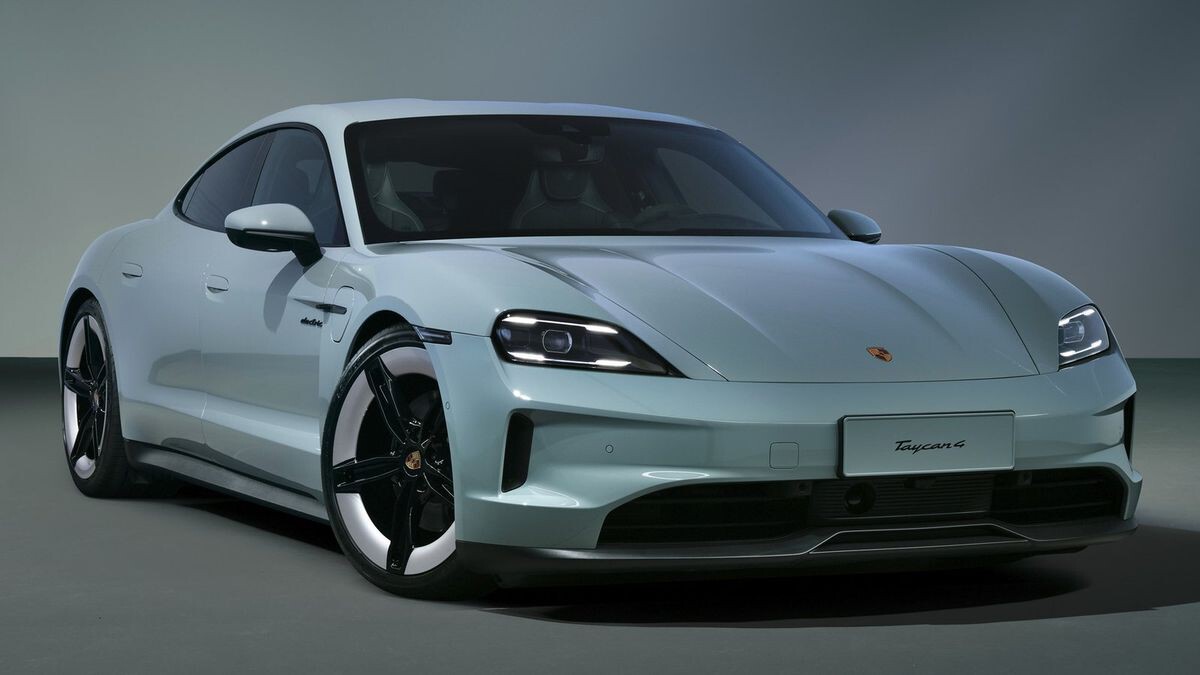
Porsche addressed the problem by installing diagnostic software to monitor the battery’s condition and, in some cases, replacing the battery modules. Owners were advised to limit charging to 80% capacity until the repairs were completed.
The Taycan’s recall highlights the critical role of battery quality and thermal management in electric vehicles. Ensuring the safety and reliability of EVs requires rigorous testing and quality control measures.
4. Nissan 240SX
The Nissan 240SX, a popular sports car from the 1990s, is known to overheat, especially when modifications are made to its cooling system. Enthusiasts often remove the factory fan shroud or replace the stock fan with aftermarket options, disrupting airflow and leading to increased engine temperatures.

Additionally, the 240SX’s cooling system may not be adequate for high-performance applications or hot climates. Upgrading the radiator, installing electric fans, and ensuring proper airflow can help mitigate overheating issues.
Owners should be cautious when modifying the cooling system and ensure that any changes do not compromise the vehicle’s ability to maintain optimal engine temperatures.
5. Hyundai and Kia Models
In 2023, Hyundai and Kia recalled nearly 3.4 million vehicles due to a risk of engine compartment fires. The issue was linked to potential leaks in the anti-lock brake control modules, which could cause electrical shorts and overheating.
The National Highway Traffic Safety Administration (NHTSA) advised owners to park their vehicles outdoors and away from structures until repairs were made.
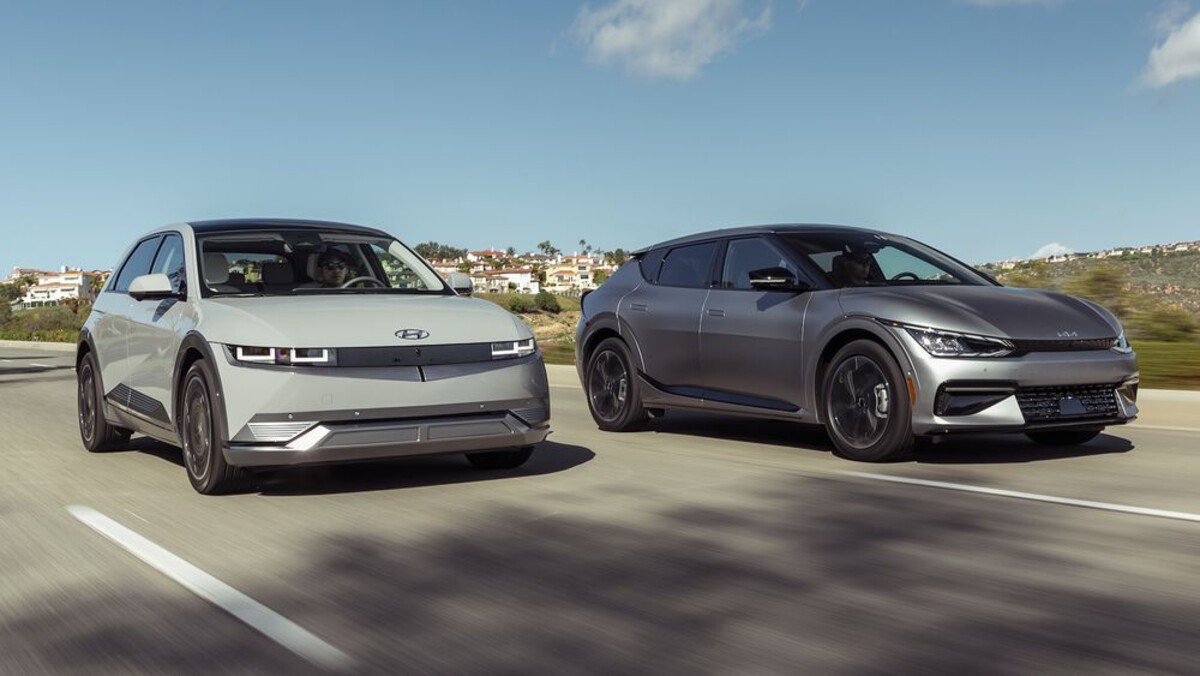
Hyundai reported 21 fires and 22 thermal incidents among the affected vehicles. The recall involved replacing the anti-lock brake fuse and, in some cases, addressing the root cause of the brake fluid leaks. The massive recall underscores the significance of reliable cooling and electrical systems in modern vehicles.
Owners were notified and advised to take their vehicles to dealerships for the necessary repairs. The incident highlights the importance of proactive measures to address potential safety hazards in automotive systems.
Understanding the efficiency of a car’s engine cooling system is vital for performance and safety. Vehicles like the Nissan GT-R and McLaren F1 showcase exceptional cooling technologies that support high-performance driving.
In contrast, models like BMW’s N63-equipped cars and certain electric vehicles highlight the challenges and risks associated with inadequate cooling systems.
When considering a vehicle, it’s essential to research its cooling system’s reliability, especially if you plan to drive in demanding conditions. Proper maintenance and awareness can prevent overheating issues and ensure your car operates smoothly.

